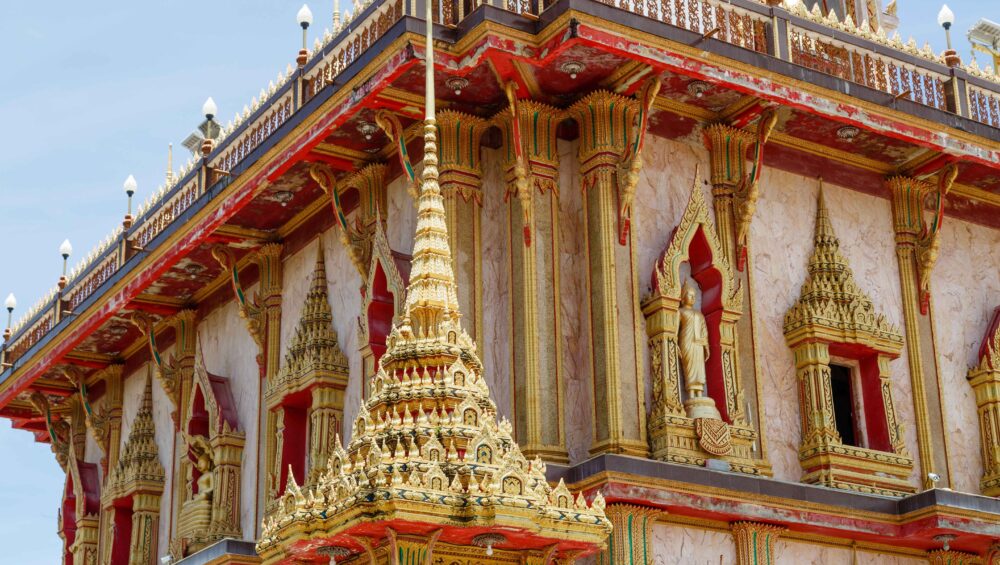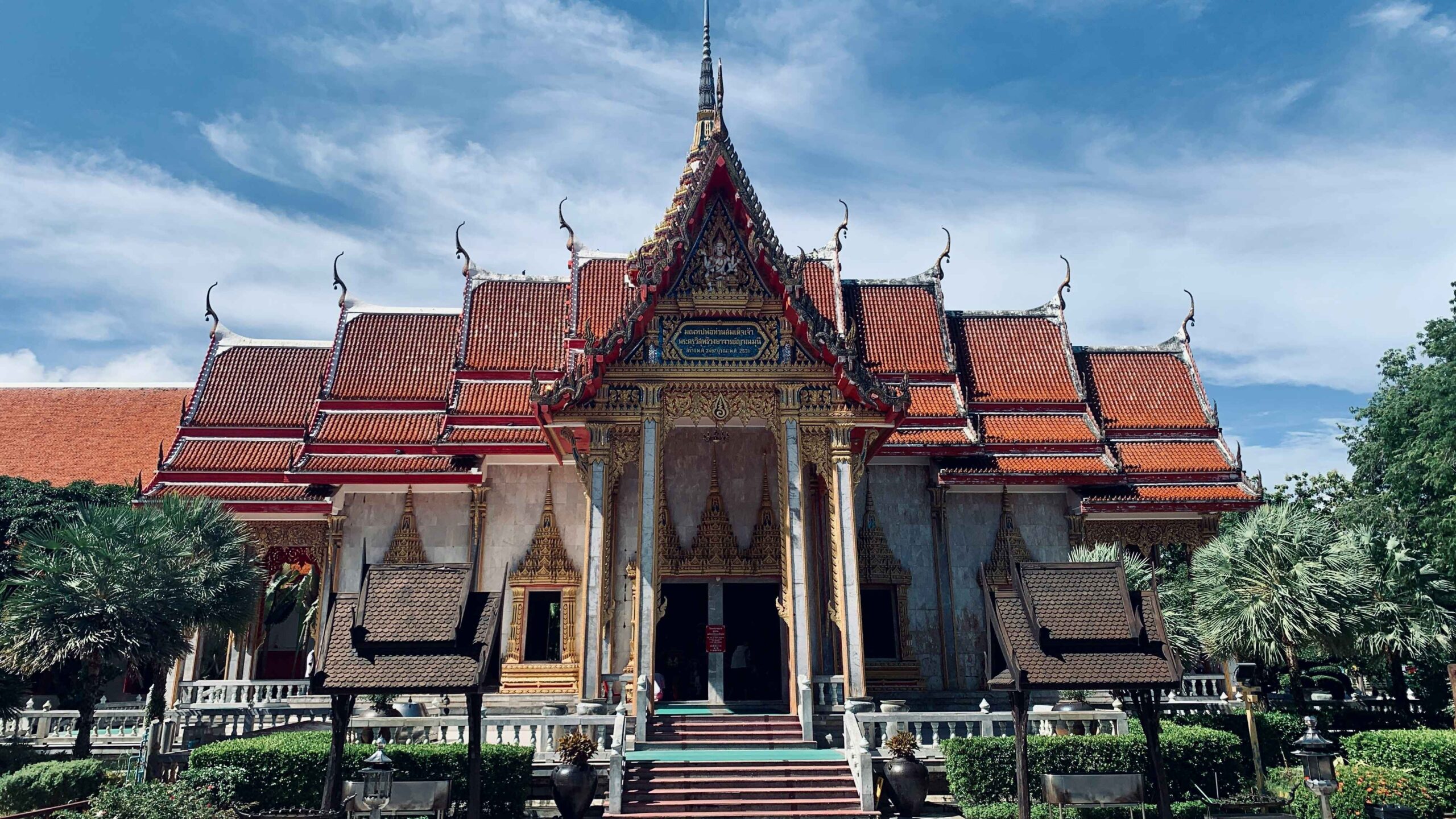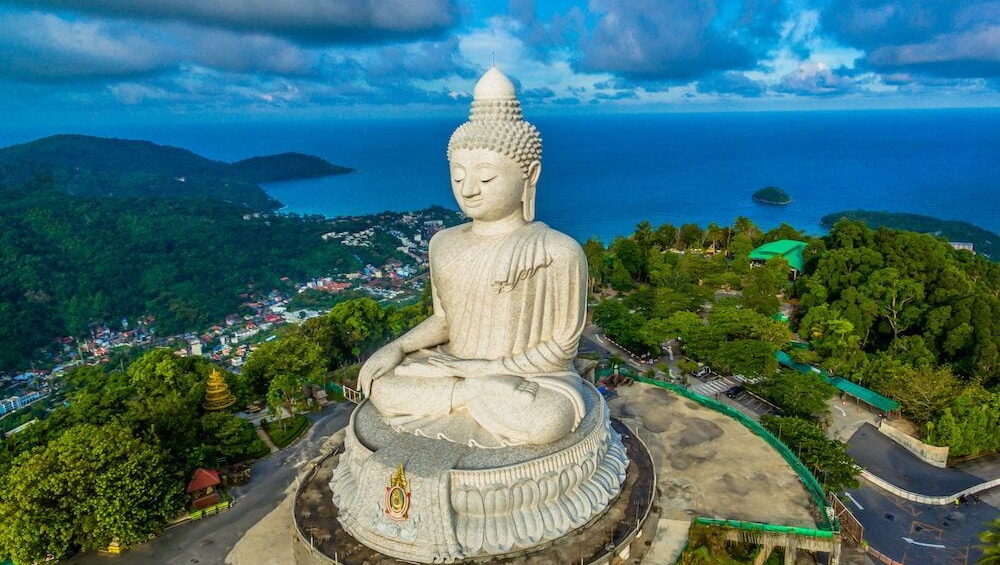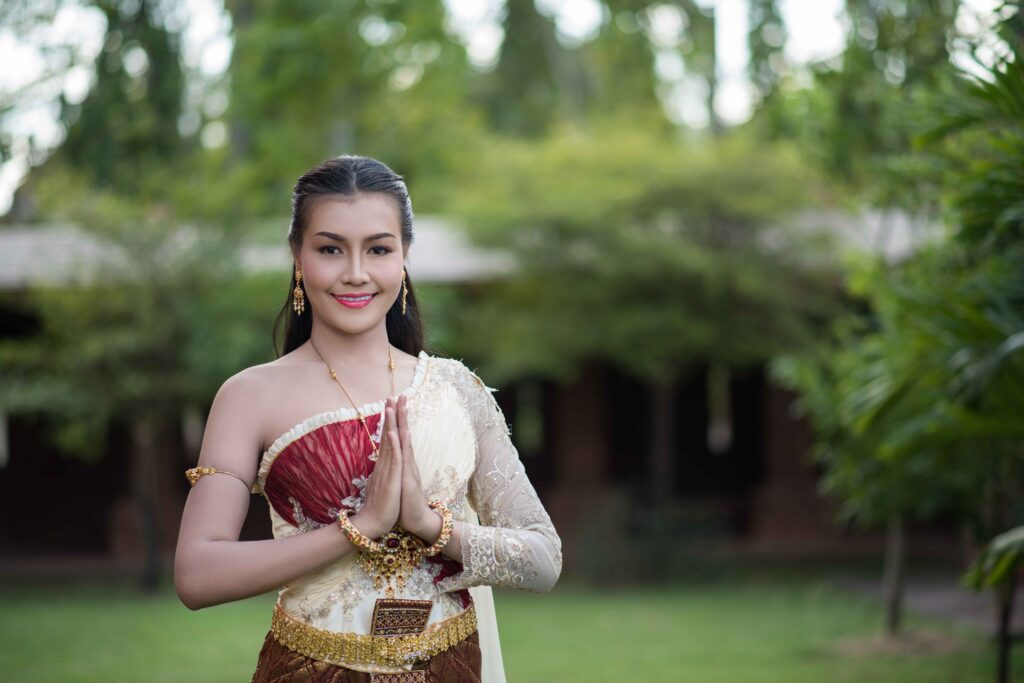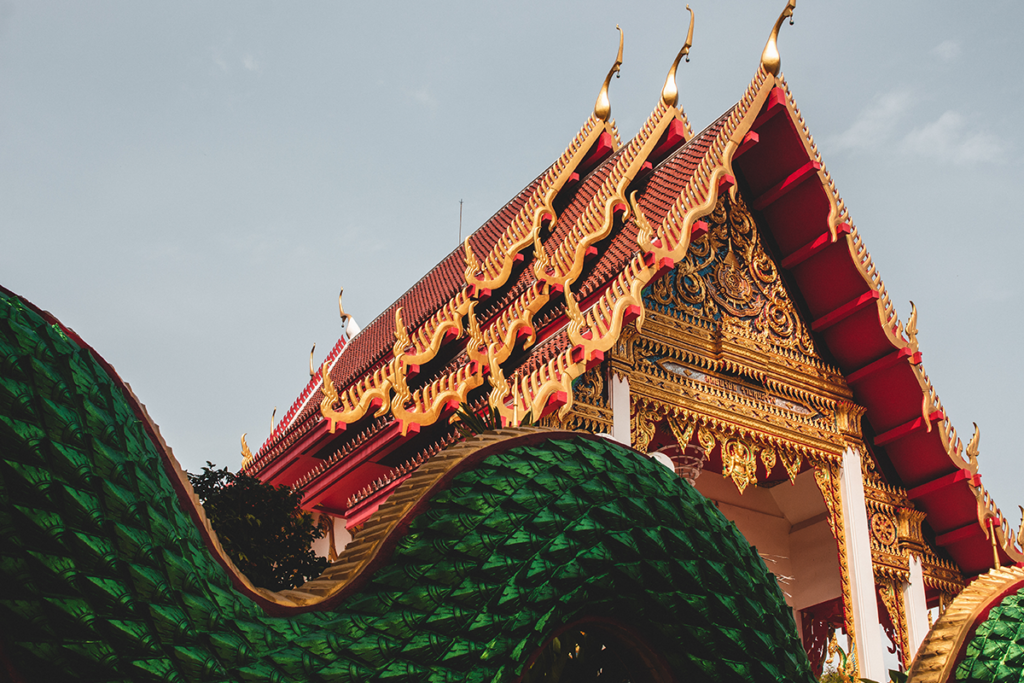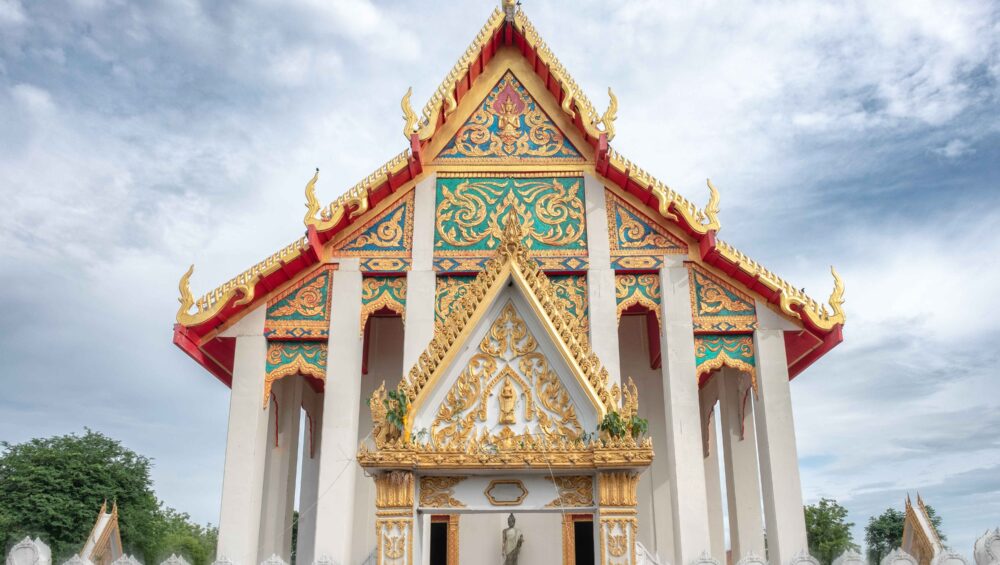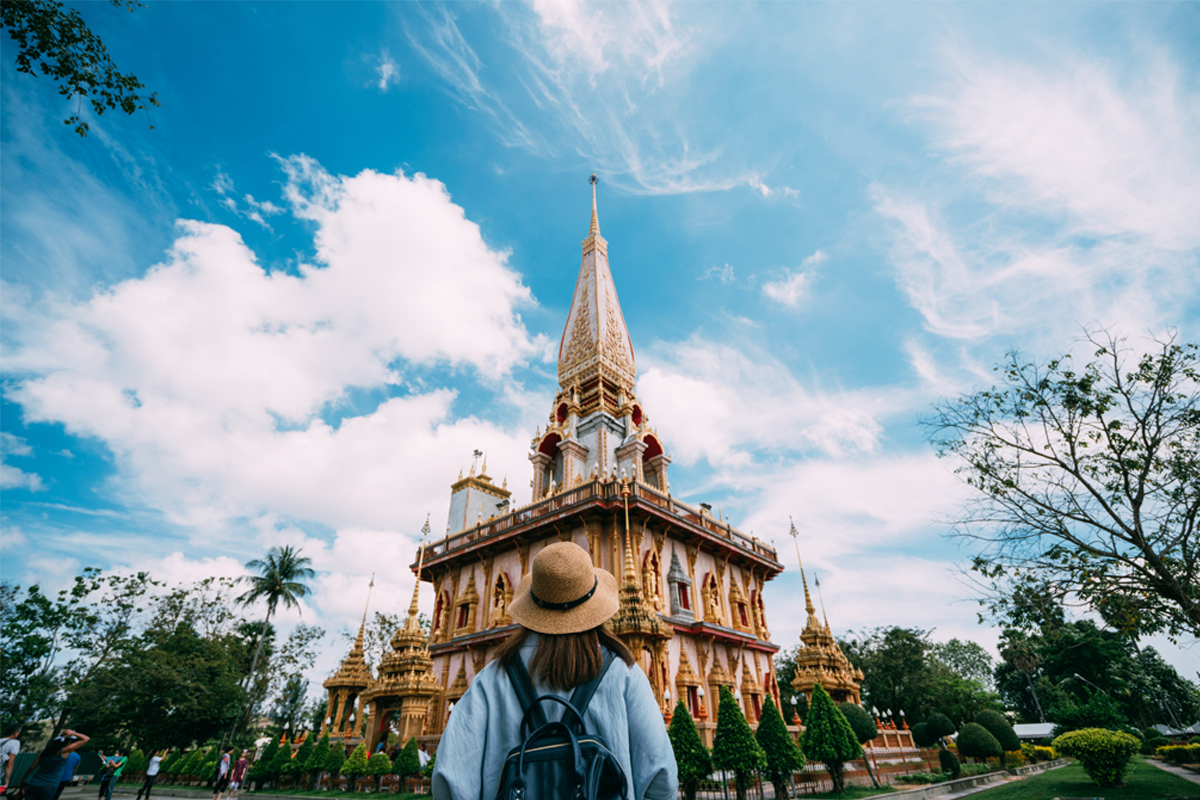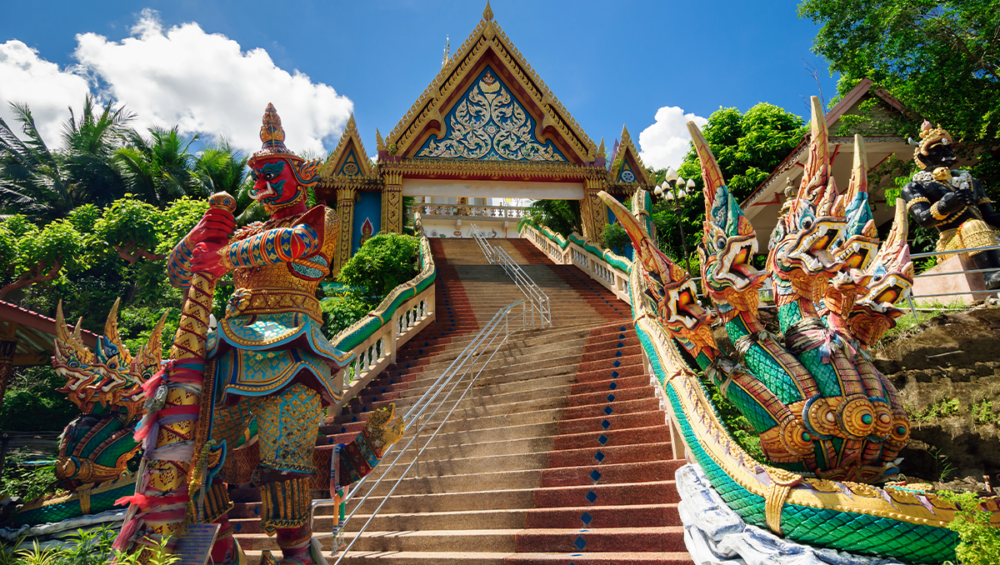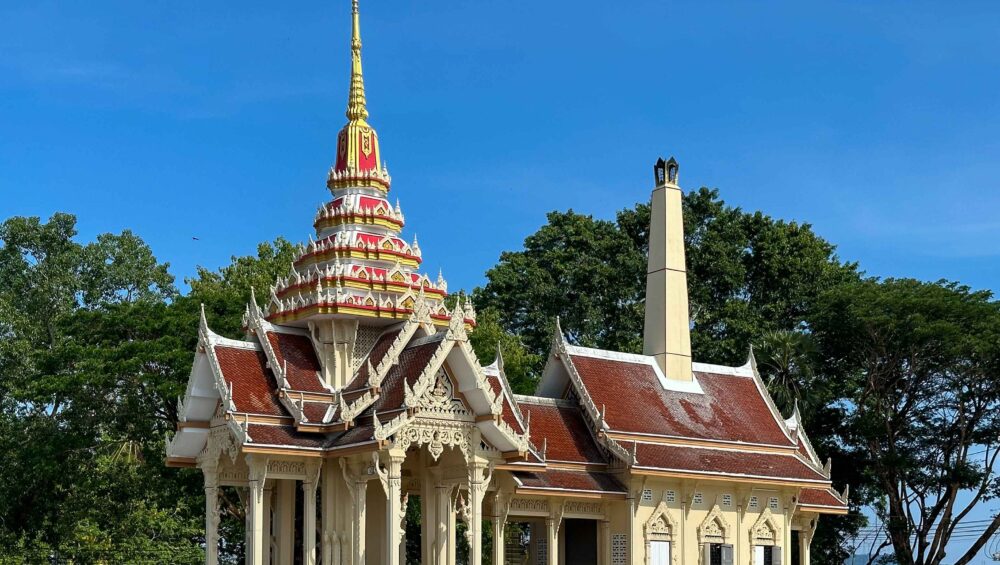Temple-Hopping in Phuket: History, Dress Code & Tips
Phuket is known around the world for its beaches, nightlife, and vibrant island energy. But beneath the surface lies a deeply spiritual side—one that reveals itself quietly through the island’s temples, or wats, as they’re known in Thai. Whether you’re curious about Buddhism, seeking a peaceful experience, or simply exploring culture beyond the sand, visiting a few temples can become one of the most rewarding parts of your stay.
You’ll find temples throughout the island, each with its own charm, from grand and ornate to quiet and humble. But before stepping inside, there are a few things every respectful visitor should know.
A Living Connection to Thai Culture
Temples in Phuket are far more than historical landmarks—they’re living spaces of devotion. Many of them date back centuries and still function as active places of worship, hosting daily prayers, festivals, and rituals. When you visit, you’re not stepping into a museum—you’re entering a sacred space that plays a vital role in community life.
The most famous, Wat Chalong, is often bustling with both tourists and locals who come to pray, make offerings, or seek blessings from monks. In contrast, smaller temples like Wat Khao Rang or Wat Sri Sunthon may feel quiet and personal—offering a more reflective experience. And then there’s the majestic Big Buddha, perched high on a hill, visible from across the island. It’s not technically a temple, but it carries the same reverence and a breathtaking view to match.
Understanding the Dress Code
Visiting a temple means entering a sacred space, and attire matters. While Phuket’s tropical climate encourages shorts and tank tops, these should be left behind when visiting religious sites. Aim for clothing that covers the shoulders and knees. A light scarf or sarong can work in a pinch, and many popular temples offer rentals or provide cover-ups for a small donation.
Footwear must be removed before entering the inner buildings of the temple. It’s a sign of respect and part of Buddhist tradition. You’ll often find rows of shoes neatly lined outside the entrance, and it’s best to follow suit.
How to Show Respect Without Worrying
Temple etiquette might seem intimidating at first, but it’s mostly about awareness and intention. Move calmly, speak softly, and avoid touching sacred objects unless it’s clearly permitted. When standing in front of a Buddha statue, avoid turning your back directly to it for selfies or photos. And while monks are often friendly and welcoming, it’s customary for women not to touch them directly. A respectful wai (hands pressed together at the chest) is a perfectly appropriate greeting for anyone.
You don’t need to be Buddhist to visit. You don’t need to know any rituals. Just entering with curiosity and humility is enough. Many visitors are surprised by how calming these visits can be—offering a quiet counterbalance to the island’s more energetic activities.
When and How to Visit
Morning is often the best time to explore Phuket’s temples. The air is cooler, the light is beautiful for photos, and you’re more likely to experience the space without crowds. Some temples are set on hills or large grounds, so comfortable footwear (easily removable) is a good idea.
You can visit a temple independently or join a cultural tour that combines several sites in one day. Many of our guests also combine temple visits with stops at Phuket Old Town, local markets, or viewpoints for a well-rounded cultural day.
More Than Just a Photo Stop
It’s easy to treat temple visits as quick photo ops between island tours. But when you slow down, they become something else entirely. In the stillness, you begin to notice the details—hand-painted murals, flickering incense, soft chants echoing through the halls.
Temples are a space where tourists and tradition meet, where history is preserved not behind glass, but through living rituals. For travelers open to more than just the visuals, temple-hopping becomes a way to understand a part of Phuket that guidebooks can’t fully explain.
A Thoughtful Way to Travel
If you’re staying with Inter Property Phuket or Koh Samui, our team is happy to recommend nearby temples that match your interests—whether it’s something iconic like Wat Chalong or a quiet gem off the tourist trail. We can also help arrange private transport, guided experiences, or combine cultural visits with local dining or scenic viewpoints.
Taking time to explore this side of the island doesn’t just enhance your trip—it deepens your connection to the place itself.
📍 Need help planning your temple tour?
Our guest services team can arrange local guides, private drivers, or tailored cultural experiences that fit your style. Just ask during your stay.

